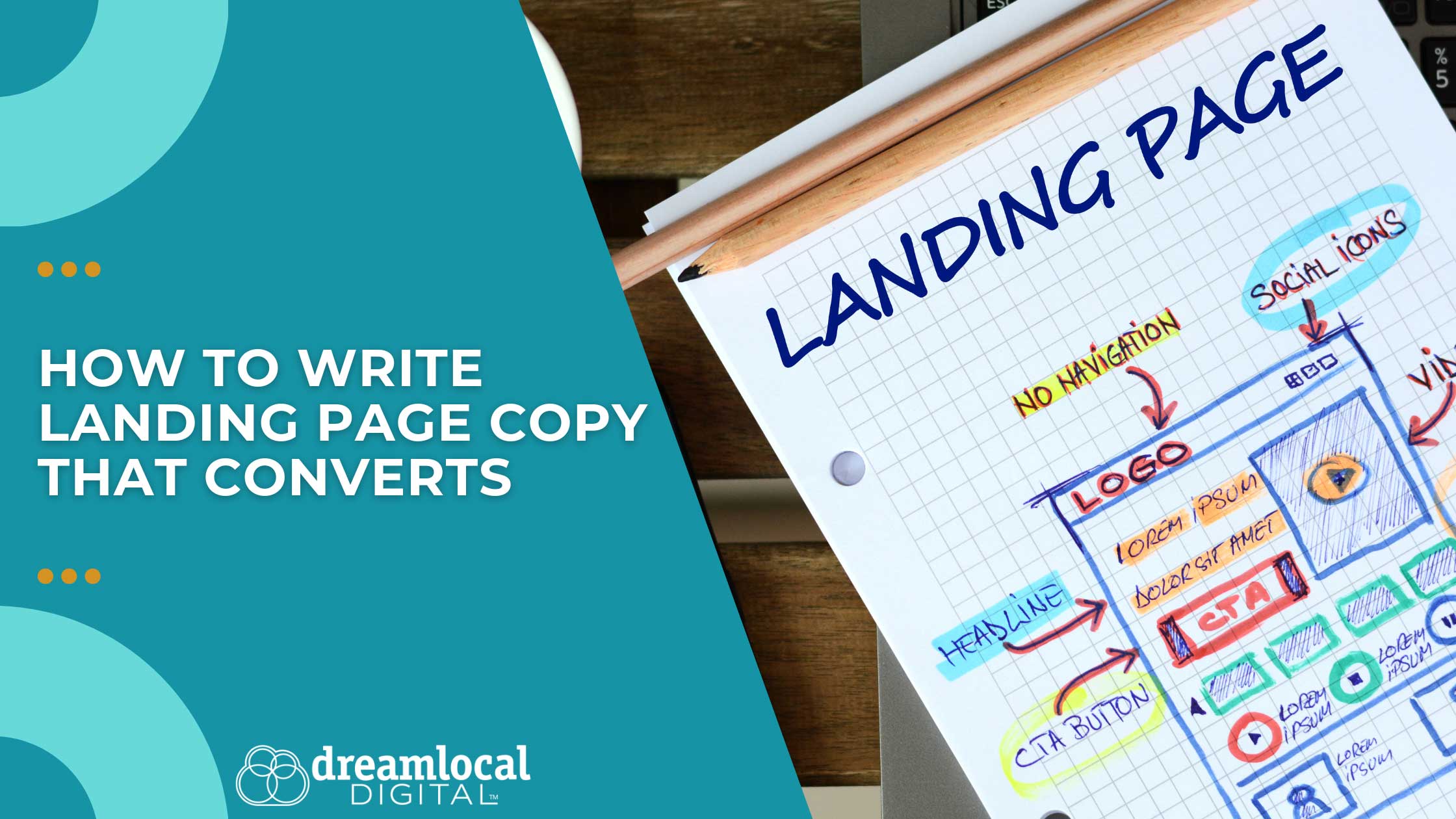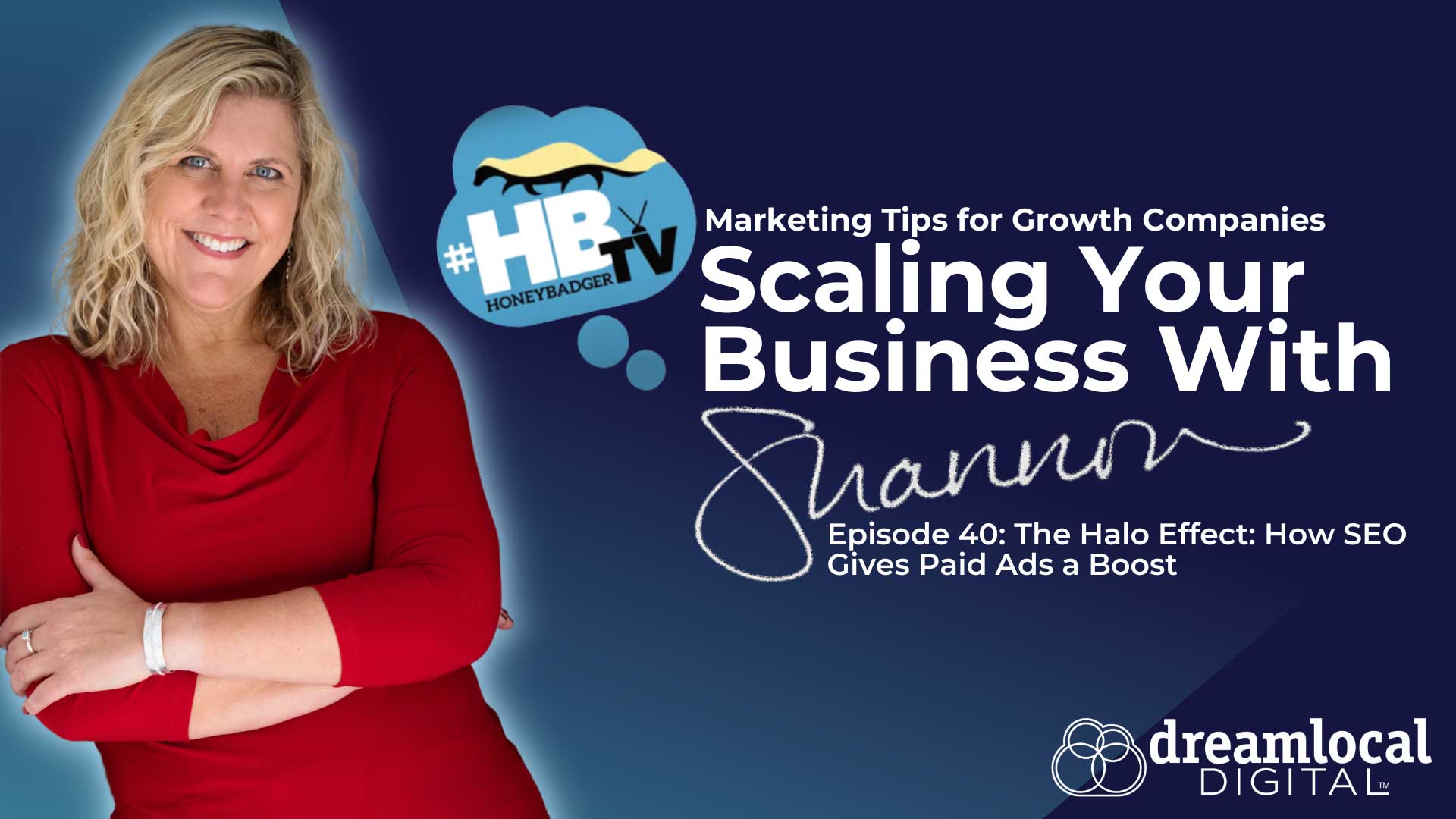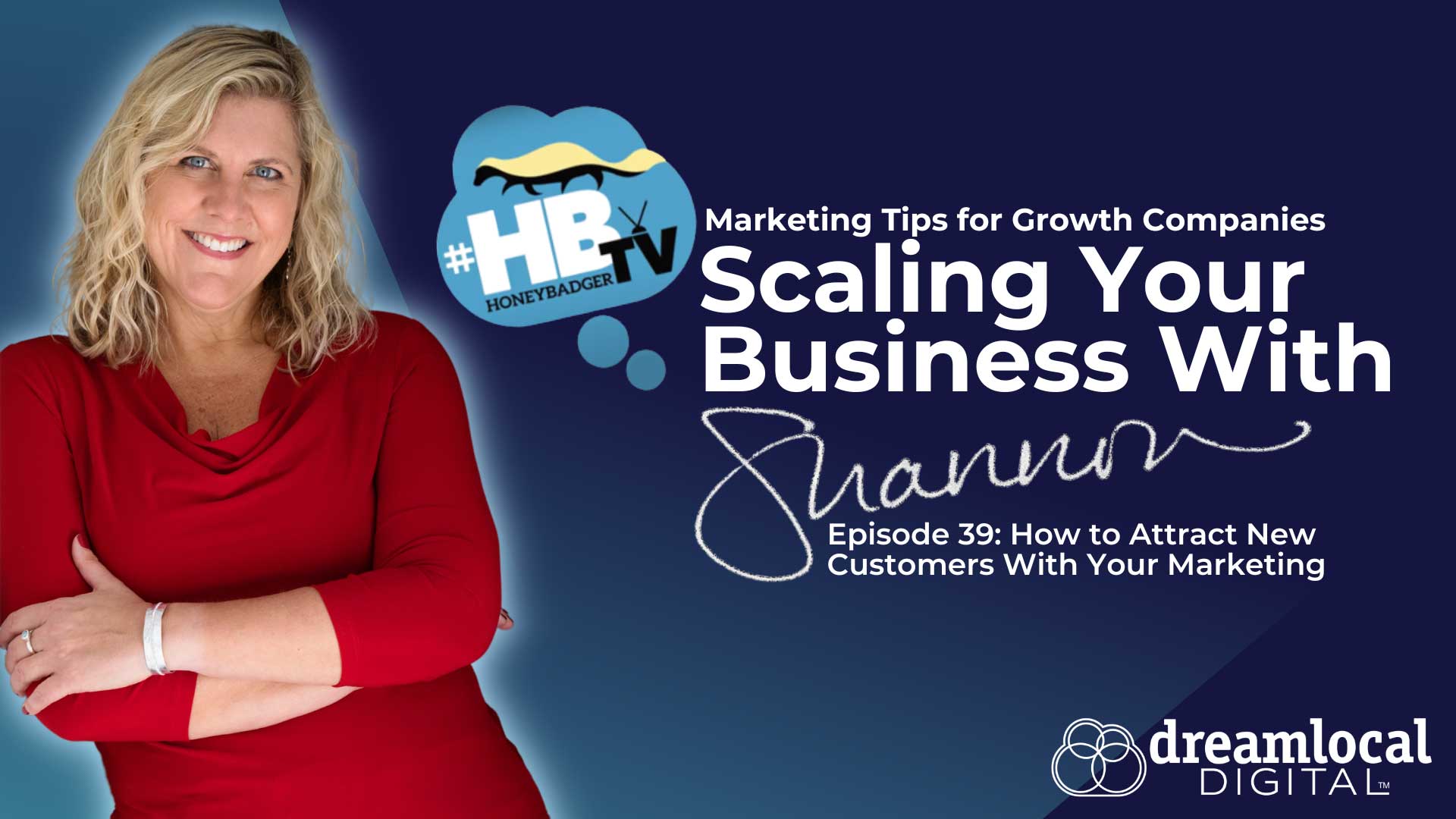How To Write Landing Page Copy That Converts

An effective landing page is crucial for turning visitors into customers. By carefully crafting your landing page, you can increase engagement, reduce bounce rates and boost sales. Here’s a guide to creating compelling landing page copy that maximizes conversions.
Understanding a Landing Page
A landing page is a dedicated web page designed for a specific marketing or advertising campaign. Visitors arrive on this page after clicking a link in an email, ad or search result. Landing pages are optimized for a single objective, typically a call to action (CTA), making them essential for conversion optimization.
What To Include in a Landing Page
You need to include several critical elements to create a landing page that converts. Each component is crucial in guiding the visitor toward taking the desired action.
1. Captivating Headline – Your headline is the first thing visitors notice. It should be clear and concise, conveying the main benefit of your offer. A powerful headline captures attention and sets the stage for the rest of your content.
-
Example: “Unlock Your Free Trial Today – No Credit Card Required!”
2. Effective Subheads – A subhead adds context and detail, supporting your headline. It should reinforce your main message and encourage visitors to read further.
-
Example: “Experience the Power of Our Software Risk-Free” (headline), “Start Your 14-Day Free Trial Now!” (subhead)
3. Informative Body Copy – The body copy should be informative yet concise. Highlight the benefits of your offer, focusing on how it solves the visitor’s problem or meets their needs. Use bullet points or short paragraphs for better readability.
4. Engaging Media – Visual elements like images, videos and infographics can significantly enhance your landing page. They should be relevant and high-quality, helping to illustrate your message and engage visitors.
-
Example: A product demo video can be more persuasive than text alone.
5. Compelling Call to Action (CTA) – Your CTA is crucial for driving conversions. It should be clear, compelling and prominently displayed. Use action-oriented language that tells visitors exactly what to do next.
-
Example: “Get Started Now” or “Download Your Free Guide”
6. Social Proof – Social proof, such as testimonials, reviews, and case studies, builds credibility and trust. Highlight positive feedback from customers to reassure visitors of your offer’s value.
-
Example: “Trusted by Over 10,000 Businesses Worldwide”
7. Addressing Common Questions – Including an FAQ section can help address common concerns and objections, making it easier for visitors to make decisions. Anticipate questions your audience might have and provide clear, concise answers. What questions would your target customer ask? What factors would they care about when considering purchasing your offer?
-
Example: A tech company may include a heading that answers the questions “Is my data secure?” and “How long does the free trial last?”
8. Trust Signals and Authenticity – Beyond customer reviews, other trust signals like security badges, industry awards and endorsements from reputable sources can further build trust. Be honest about what you’re offering, and avoid overhyping or making false claims.
Genuine, transparent communication resonates better with visitors. A study by Label Insight found that 94% of consumers are likelier to be loyal to a brand that offers complete transparency. Being upfront and honest fosters trust, leading to stronger customer relationships and higher conversion rates.
-
Example: “As featured in Forbes and TechCrunch”
Landing Page Best Practices
Writing compelling landing page copy involves more than just good writing skills. Here are some best practices to ensure your copy drives conversions:
-
Understand Your Audience – Know your target audience’s pain points, needs and preferences. Tailor your message to resonate with them and address their specific concerns. Businesses that understand their audience and tailor their content accordingly improve conversion rates. Conducting surveys, interviews and market research can provide valuable insights into what your audience truly values.
-
Use Clear and Concise Language – Avoid jargon and complex language. Your copy should be clear and easy to read. The majority of people scan a webpage instead of reading it. Utilizing bullet points, short paragraphs, and simple language ensures your message is quickly and easily absorbed.
-
Emphasize Benefits, Not Features – Highlight how your product or service benefits the user. Instead of listing features, explain how those features solve problems or improve the user’s life. For example, instead of “Our software has advanced analytics,” say, “Gain deeper insights into your business with our advanced analytics.”
-
Create a Sense of Urgency – Encourage immediate action by creating a sense of urgency. Limited-time offers, countdown timers, and phrases like “Act Now” or “Limited Spots Available” can motivate visitors to take action quickly. Adding urgency to a landing page can increase conversions by up to 332%. This tactic leverages the psychological principle of scarcity, making your offer more appealing.
-
A/B Testing – Regularly test different versions of your landing page to see what works best. Experiment with various headlines, CTAs, images and layouts. Use data-driven insights to refine your approach and optimize conversion rates. This iterative process helps identify the most effective elements of your landing page, ensuring continuous improvement.
Crafting landing page copy that converts requires a blend of strategic thinking, creativity, and a deep understanding of your audience. Ready to get the most out of your landing pages? Contact Dream Local Digital today to learn more!
Newsletter Signup
Stay up to date on the latest digital marketing news, updates, and more. Sign up to receive our newsletter!




